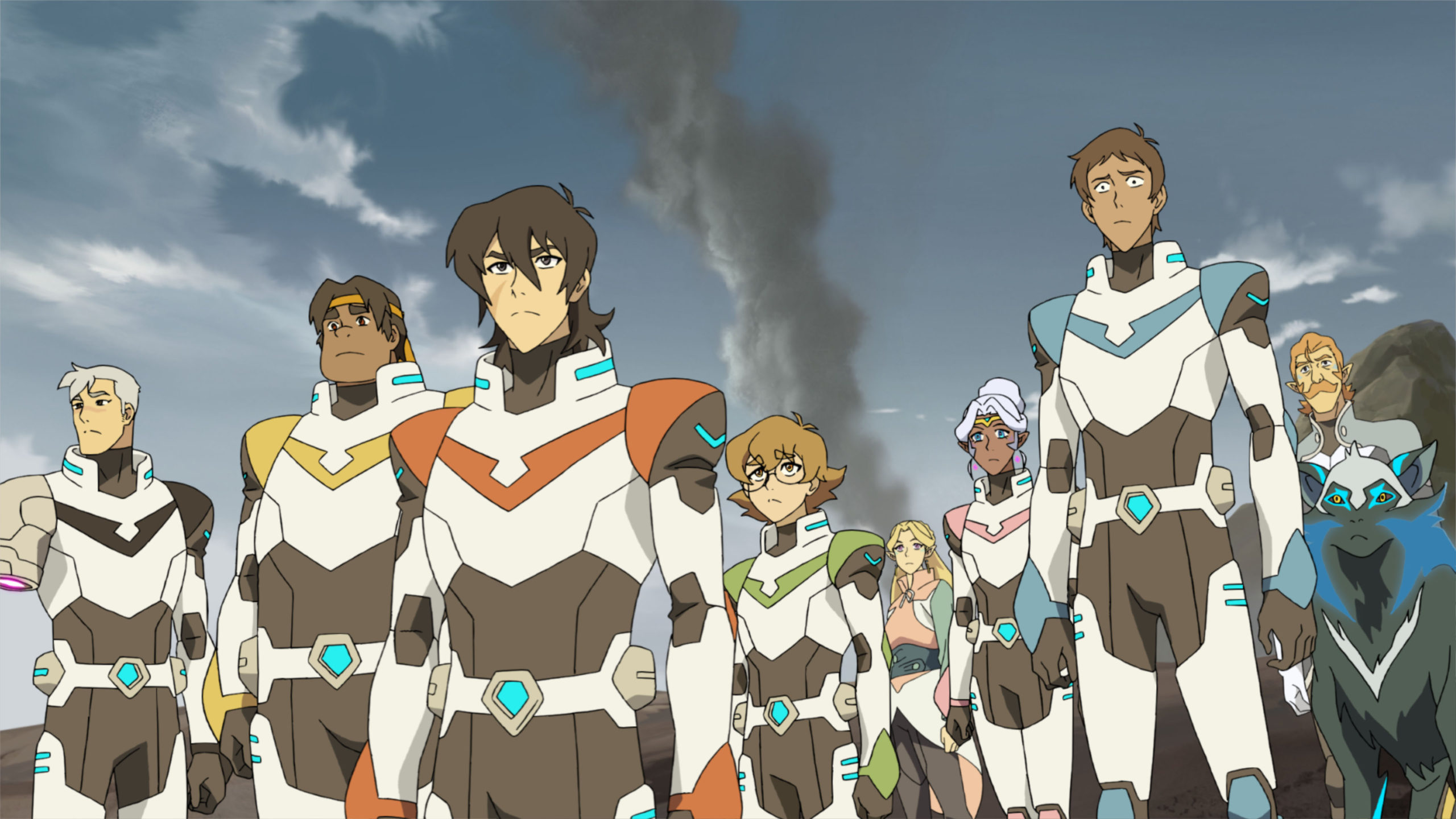Table of Contents Show
What makes a show good? Common replies would most likely be the writing, the compelling characters, or the engaging plotline–perhaps all of the above. What happens when a series has all of these elements at its beginning but then loses its luster down the line? Voltron: Legendary Defender had taken Netflix and the internet by storm after its exceptionally positive reviews and immediate love from fans. The Voltron hype was huge, and the show seemed to be off to a great start with a ton of support from fans. By the time season three ended, however, Voltron began to go downhill at an alarming rate.
The show faced problems ranging from poor pacing, complicated plot twists, broken promises to fans, and a dark turn in the storyline that many didn’t care for. Despite these issues, was Voltron: Legendary Defender truly a bad show? Or were fans simply overreacting?
The Rise of Voltron: Legendary Defender
Voltron: Legendary Defender made its debut on Netflix back in 2016 and became one of the most well-known animated series on the streaming platform. One could say that it was one of the most successful remakes of the time, at least, for the first several seasons. The original Voltron itself was heavily influenced by multiple mecha anime (anime involving giant robots with science fiction elements) and hit the scene back in 1983. It has spawned multiple remakes and specials since, making it a well-known cult classic.
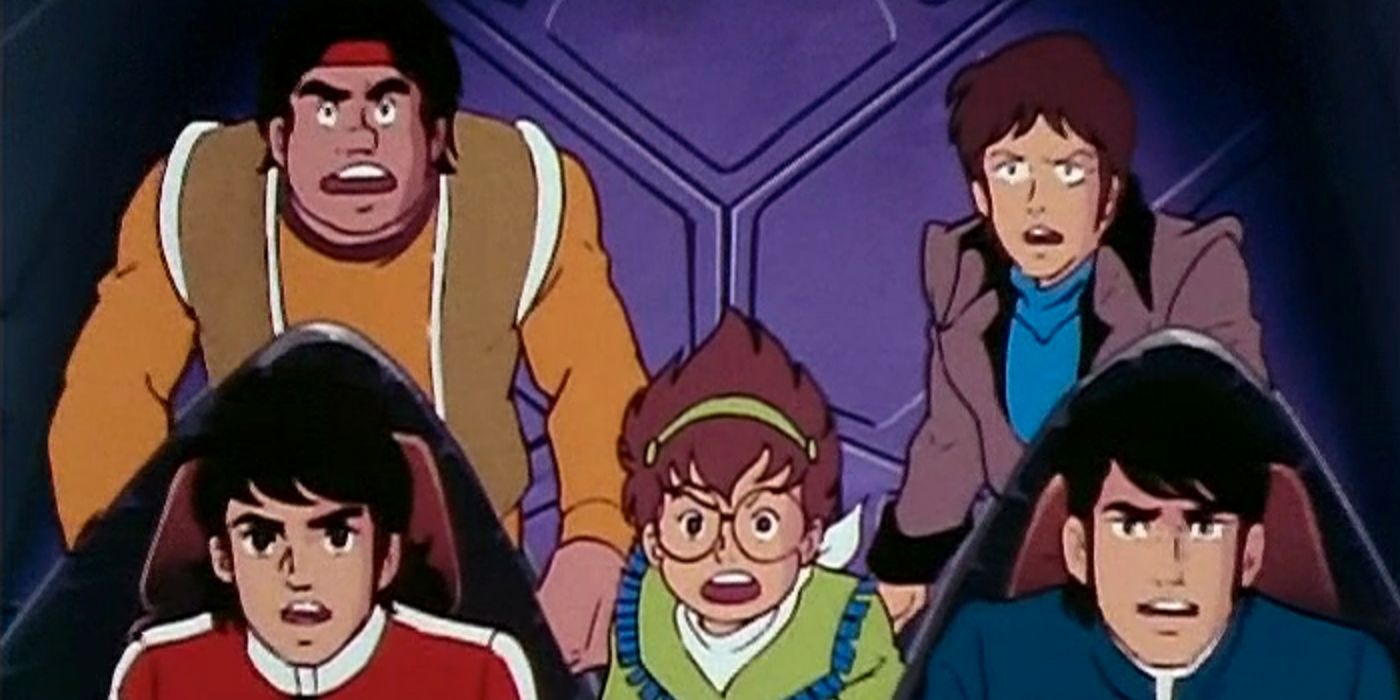
In 2016 Netflix and Dreamworks Animation had announced a new reboot for Voltron, based on both the original Voltron series and classic 80s mecha anime, Beast King GoLion. This new series became Voltron: Legendary Defender. Its first season dropped in the summer of the same year with thirteen episodes and had received critical acclaim almost immediately. Certain factors made Voltron a phenomenal show at its start, and it wasn’t just limited to good storytelling.
What Made Voltron Good?
Voltron started with a plotline that was engaging and not too difficult to follow, even to fans who were new to the sci-fi genre. The production team was solid, with showrunners Joaquim Dos Santos and Lauren Montgomery, who had worked on classics such as Avatar: The Last Airbender and The Legend of Korra. The series introduced viewers to Team Voltron, a team of lovable and diverse outcasts who were destined to defend the universe against an evil galactic empire. These outcasts become paladins, defenders of the universe that pilot five mecha lions that eventually merge to form Voltron, the giant battling robot.
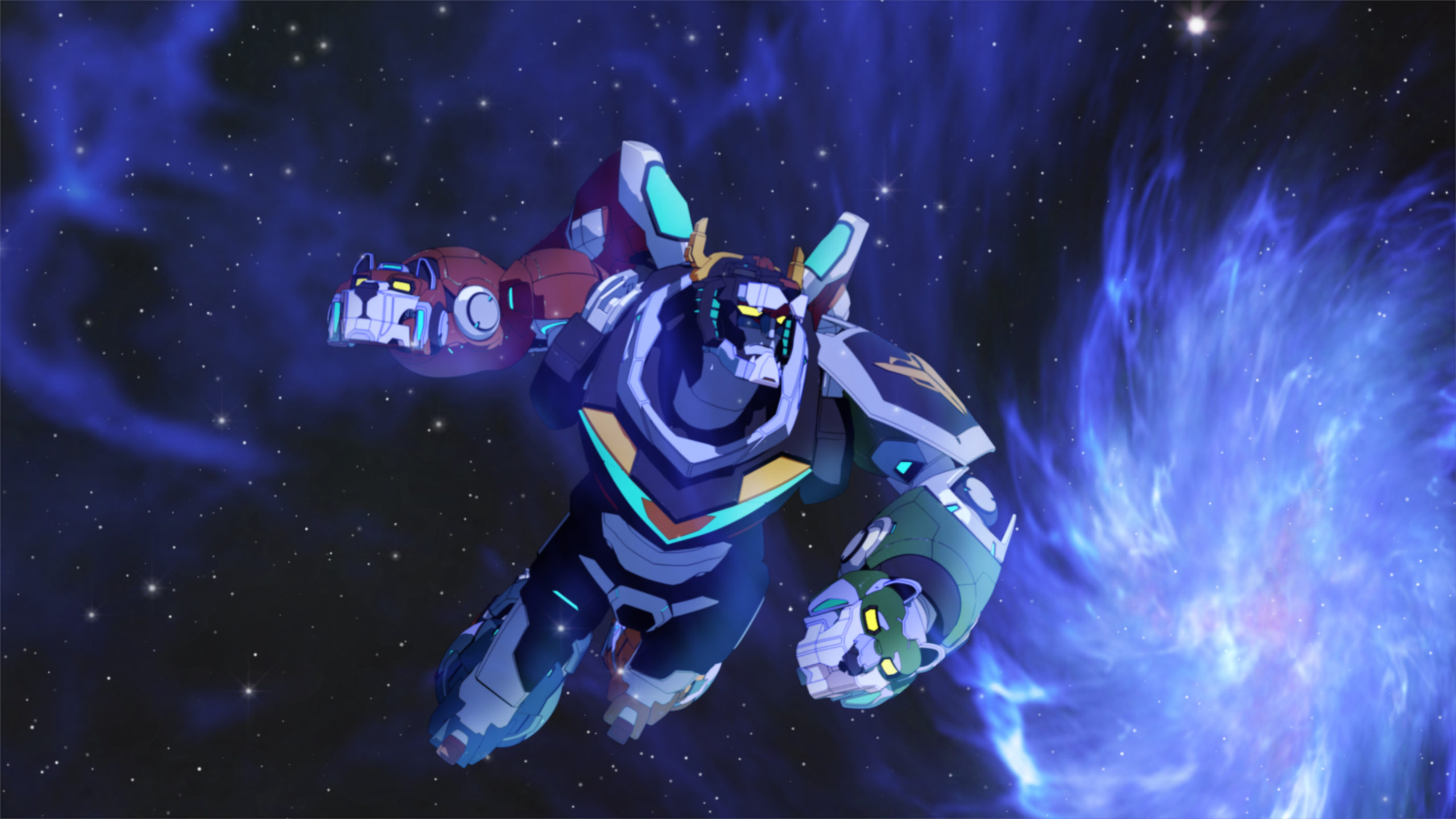
The series featured many amazing voice talents such as Josh Keaton, Jeremy Shada, Steven Yuen, Kimberly Brooks, Cree Summer, and many others, making for a fantastic lineup of incredible characters that fans have come to know and love. Voltron: Legendary Defender has been praised continuously for its diverse group of characters. Team Voltron is made up of both men and women from multiple backgrounds and has handled representation exceptionally well when dealing with race and gender. And while the original 80s Team Voltron seemed a bit bland and one-dimensional, the remake has drastically improved them, making each character lovable in their own distinctive way.
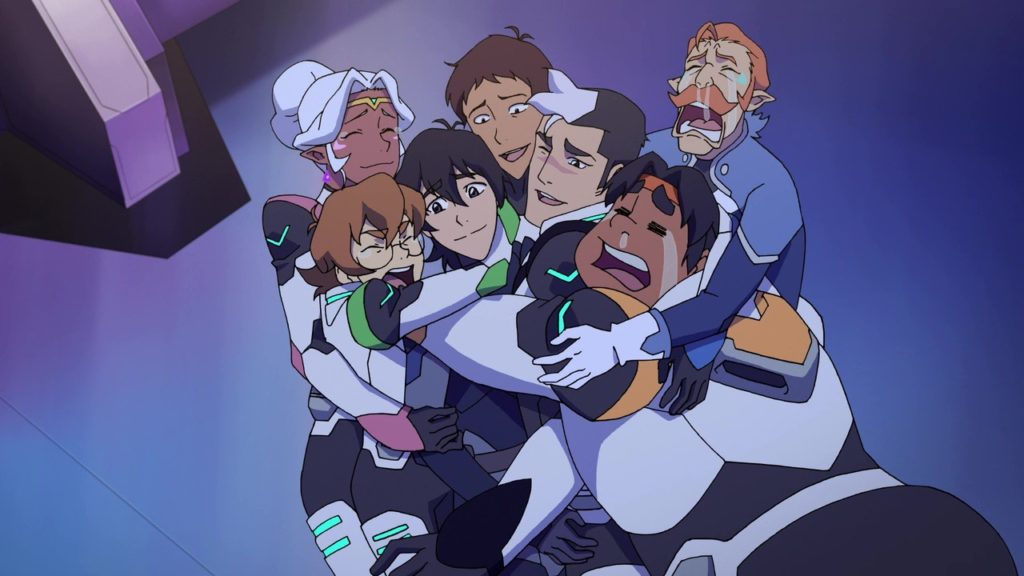
Watching Team Voltron travel the galaxy to fight the Galra Empire was always a treat, as viewers were constantly immersed in different settings more exciting than the last. The Korean animation studio, Studio Mir, graced fans with a mix of classic animation meshed with anime influences as well as dazzling CGI effects.
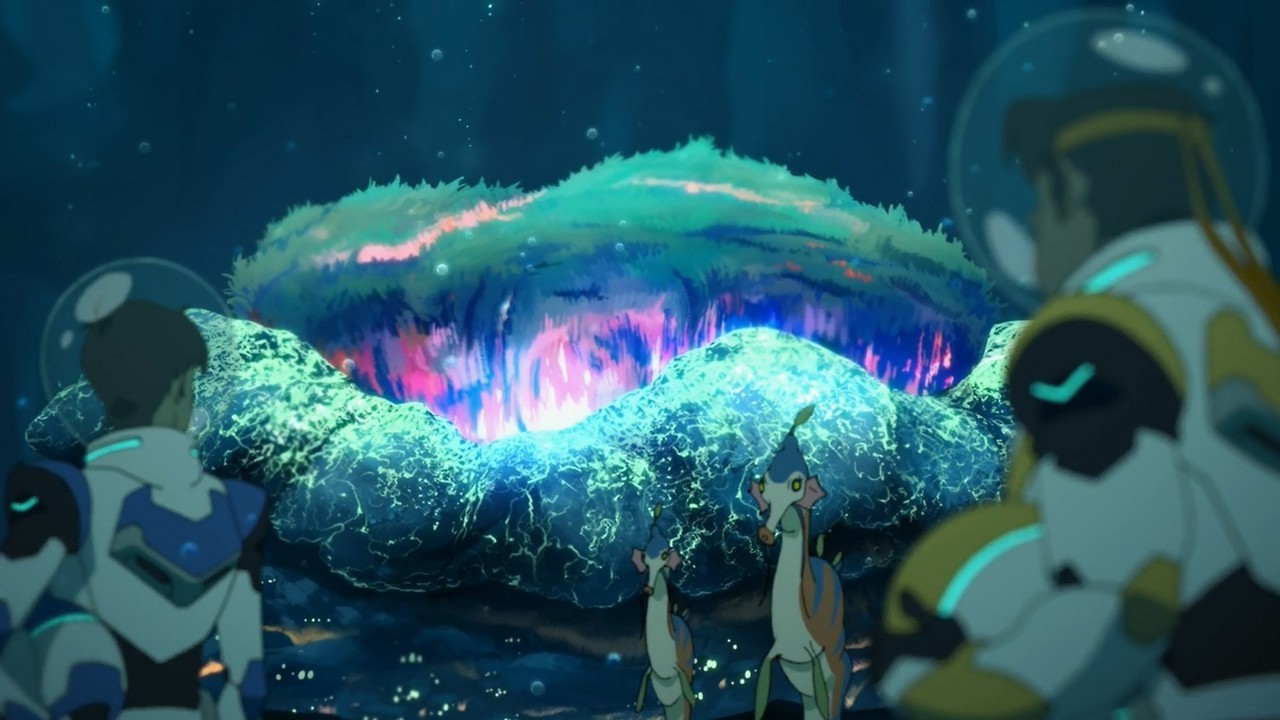
Viewers were captivated by a stunning sci-fi world where almost anything was possible. Voltron dazzled fans with beautiful worlds beyond planet earth, such as the shimmering crystal fields of Balmera and the vibrant underwater world of the Mer race on their native Frozen Planet. Every new destination was interesting and exciting, with rarely a dull moment.
The Steady Decline of Voltron
Voltron started to steadily decline downhill shortly after season three, which was only a mere seven episodes compared to season one and two’s thirteen. After season two’s intense finale, season three was released just a couple of months after, not giving much space between the two. Though it seemed great to get more episodes so quickly at the time while the hype was still high, it also seemed somewhat lazy and mediocre to call a mere handful of twenty-minute long episodes a season.
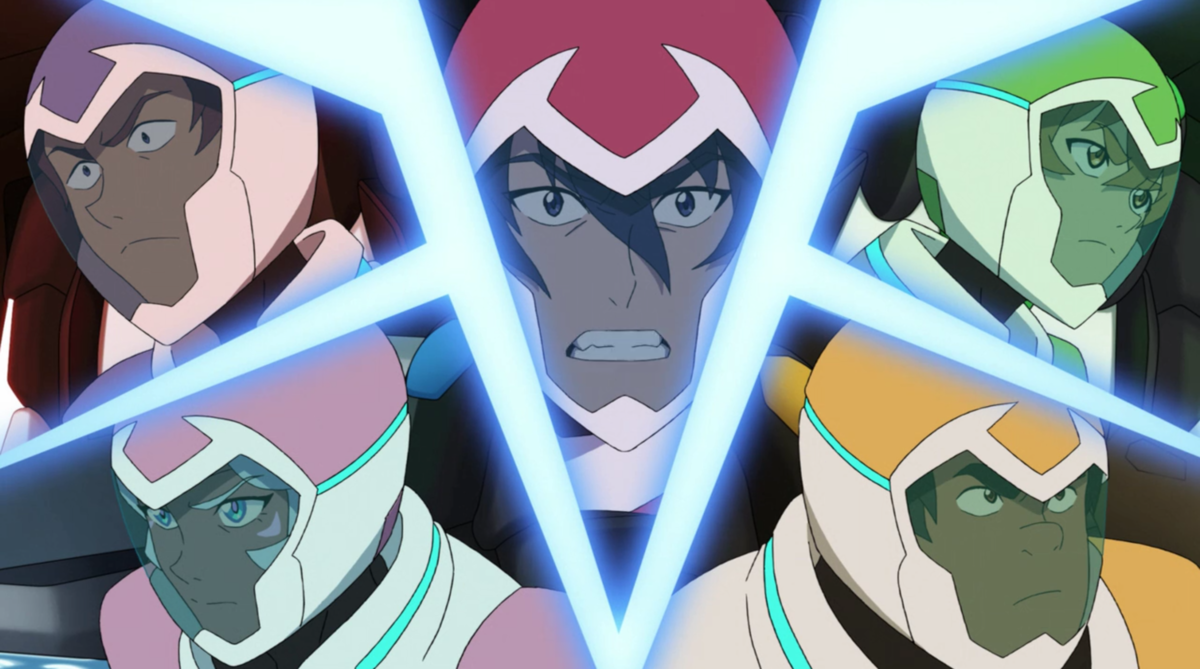
When left with such a dramatic finale, fans were faced with the possibility of Shiro’s death, as Keith was entrusted to lead Team Voltron if anything were to happen to Shiro. This was a huge and sudden shift in dynamic for the show, but also very impactful. A lot had happened during season two, including Keith’s discovery of his Galra heritage and having to endure the Trials of Marmora. Season three began with Keith now taking the lead as the pilot of the Black Lion, and it is clear how different things actually were without Shiro there to lead. This story arc could have gone in a great direction had it been executed properly.
Bad Pacing + Shortened Seasons
From season three and onward, Voltron began to throw a lot of content at fans at a rapid pace. Because of this, viewers couldn’t take time to properly process the story, which was now looking like it was haphazardly pieced together in an untimely manner. The pacing of the show was off. At the same time, seasons one and two had a decent amount of episodes (thirteen, which is a decent number for an animated series); seasons three through six were only given six to seven episodes a season. Seven episodes that are twenty-three minutes long a piece is hardly an arc, much less an entire season. The production team continued to release these abnormally short seasons every couple of months. The final seasons seven and eight, went back to the usual thirteen episodes.
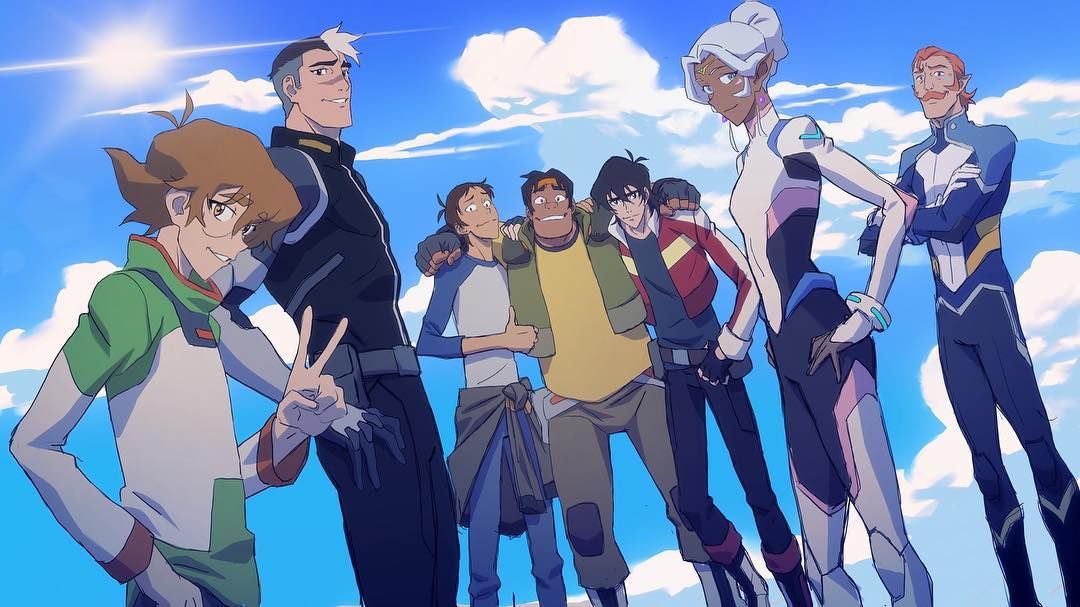
It is uncertain as to why the seasons were scheduled this way. What were the creators trying to accomplish with this method of episode release? Was it to split up the story properly? Or to simply be able to leave off on a cliffhanger every time? None of these reasons seemed plausible, as Voltron still could have had full seasons separated by arcs, as most of these types of animated series do. All the separation has done was split the story up far too much, not giving fans much time to process events.
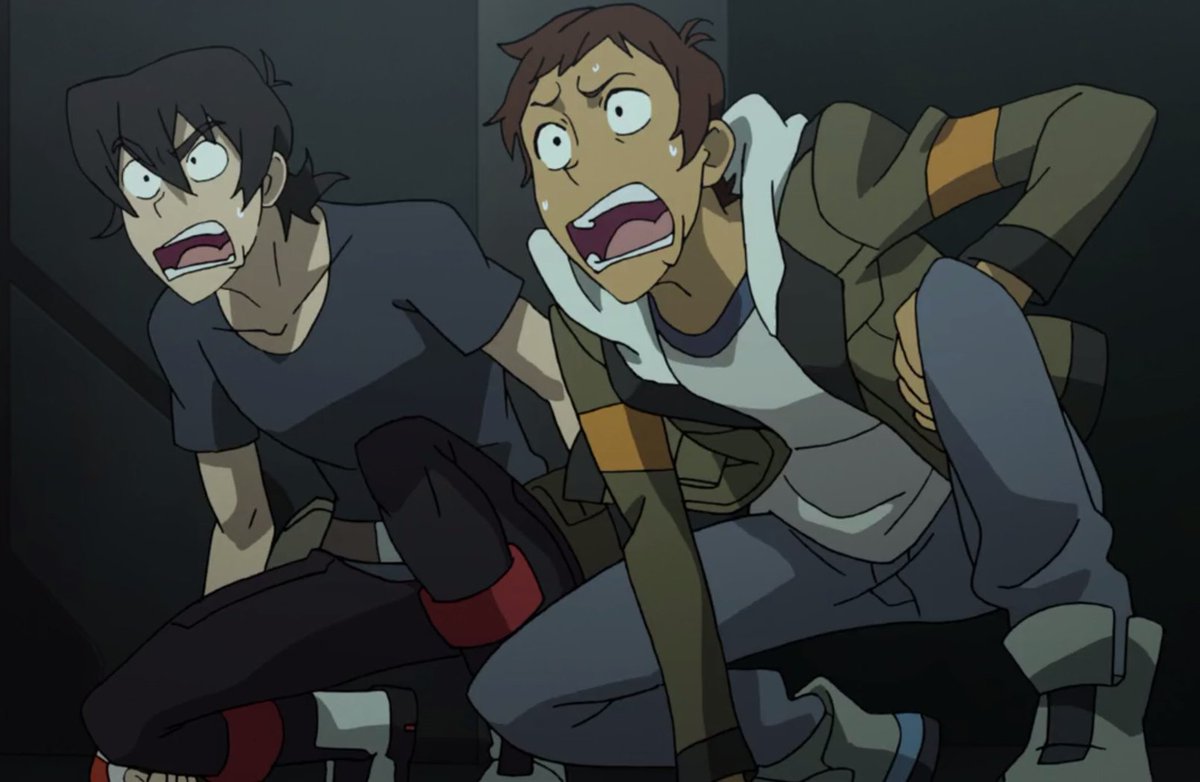
Furthermore, every season does not necessarily have to end on a dramatic note, especially seasons so short. A cliffhanger finale has more of an impact when seasons are properly spaced apart from one another. Voltron’s entire run seemed extremely short, despite releasing eight seasons during the span of nearly three years. The series seemed so rushed after its second season that it almost left no real room to enjoy the fandom aspect of it because seasons were getting pumped out far too quickly, and with choppy arcs at that.
Confusing Concepts
During these seemingly unstable arcs, numerous events regarding the plot were thrown at fans from several different angles, making it hard to follow the current storyline. While Voltron was simple to follow initially, things were becoming more complicated after the release of season three. Viewers are hit from every direction with multiple story arcs that don’t seem to last very long– at least not long enough to process certain parts.
The dramatic ending to season two was resolved in an abnormally quick manner, and it didn’t take long for fans to see Shiro again, alive. This seemed anti-climactic, as fans didn’t have enough time to think about Shiro’s disappearance (or possible death, as many thought at the time). More than that, there was barely any time to focus on Keith taking charge of Team Voltron or Allura and her new position as the Blue Lion pilot.
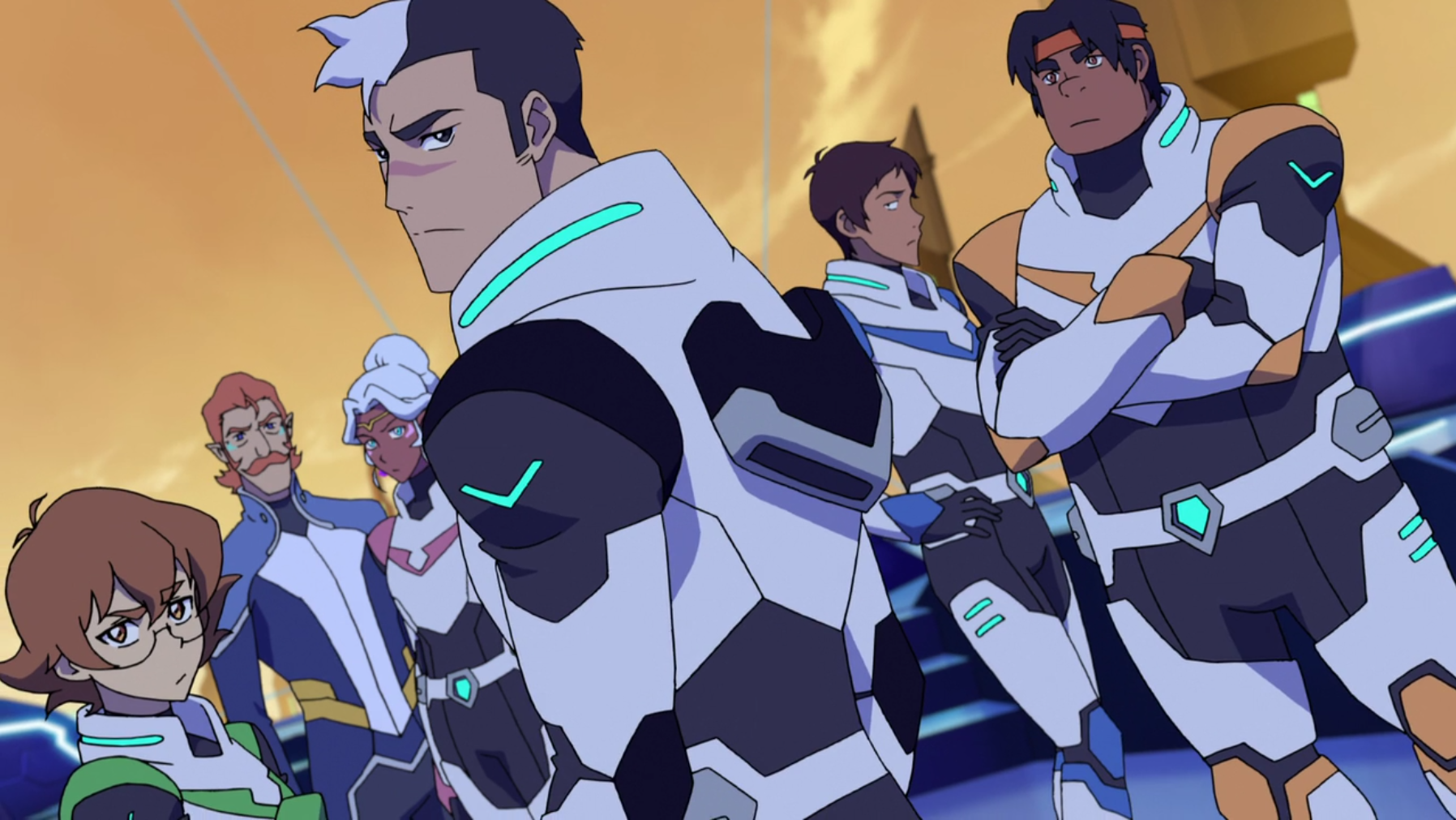
Though Keith and Allura eventually had their time to develop, season three would have been a great time to test the waters without Shiro for at least a little while longer. The limelight fell on Shiro for a very long time, making him seem like the main protagonist. As the seasons progressed, fans were given less and less content regarding Shiro, as the writers seemed to move on to other characters such as Keith and Lotor, etc.
It makes one wonder who this story is revolving around, and only stood as another problem regarding the structure of the series. The team behind Voltron had good intentions when trying to give each character a chance to shine. Unfortunately, it ended up making the series look unorganized and its characters muddled. Because of this poor planning, many characters ended up on the backburner regardless, losing any real chance for character or proper relationship development.
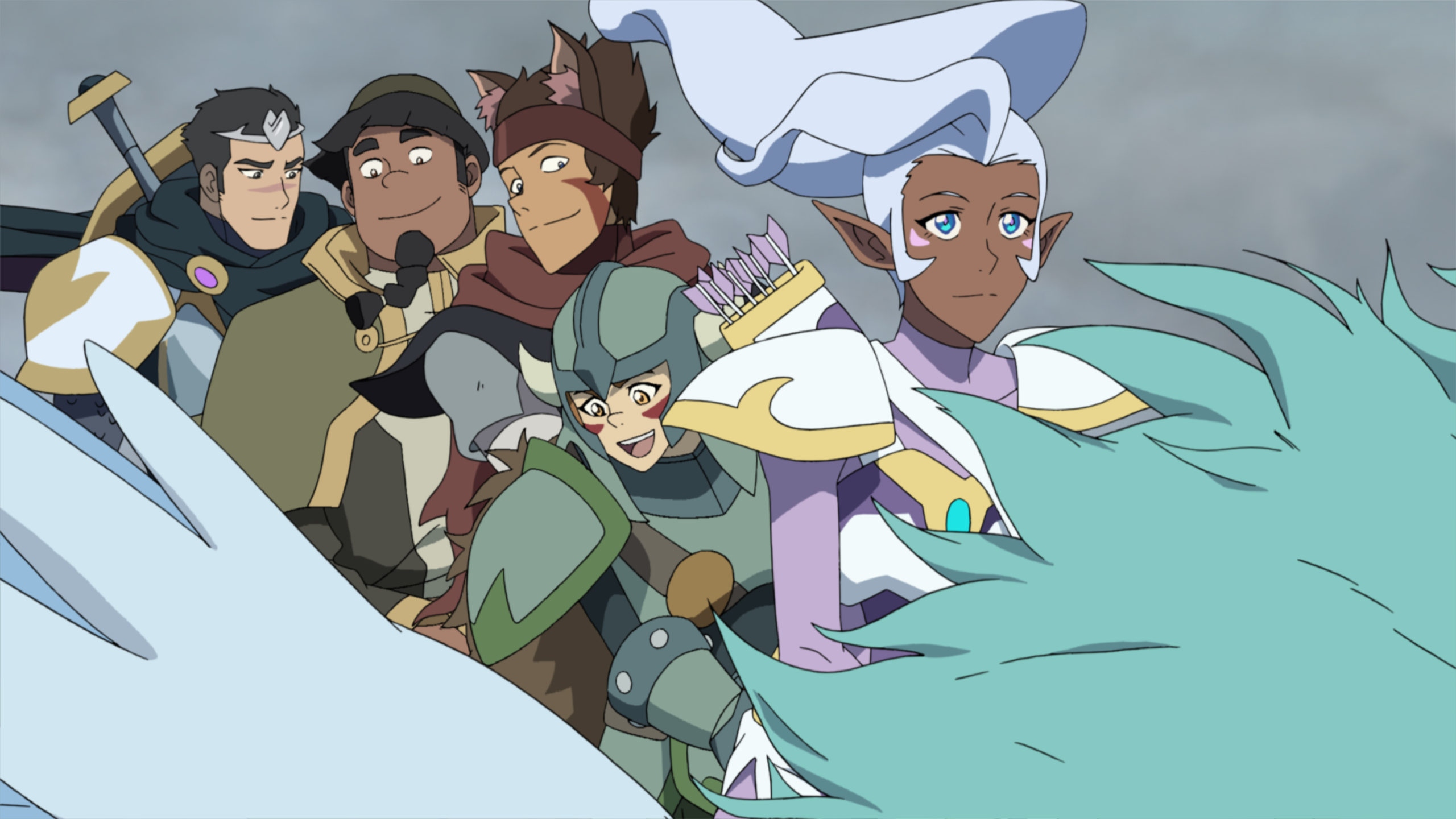
Concepts such as Clone Shiro and Keith’s very brief role as leader of Team Voltron seemed either pointless or under-developed, and the brief story arcs moved swiftly with unrealistic resolves. The story suddenly begins to revolve around Prince Lotor, son of the galactic dictator, Zarkon. Lotor’s origin is complex and complicated, but his story also seemed rushed as well, once again not giving fans enough time to absorb much.
There is even a point in the series where fans expected a redemption arc for the troubled Lotor, but even that wasn’t the end of his story. Lotor’s story seems to quickly progress even further, leaving fans wondering where the story is actually going yet again. Is Lotor a hero? A villain? An antihero? It’s all unclear, even when certain reveals begin to shift the dynamic of the show heavily.
Voltron’s Dark And Unsettling Turn
Voltron started as (mostly) a light-hearted show about a group of kids teaming up and taking down intergalactic evil. Many memorable moments brought fans plenty of joy and laughs, from crazy space mall antics to the group’s dungeons and dragons-type board game adventure.
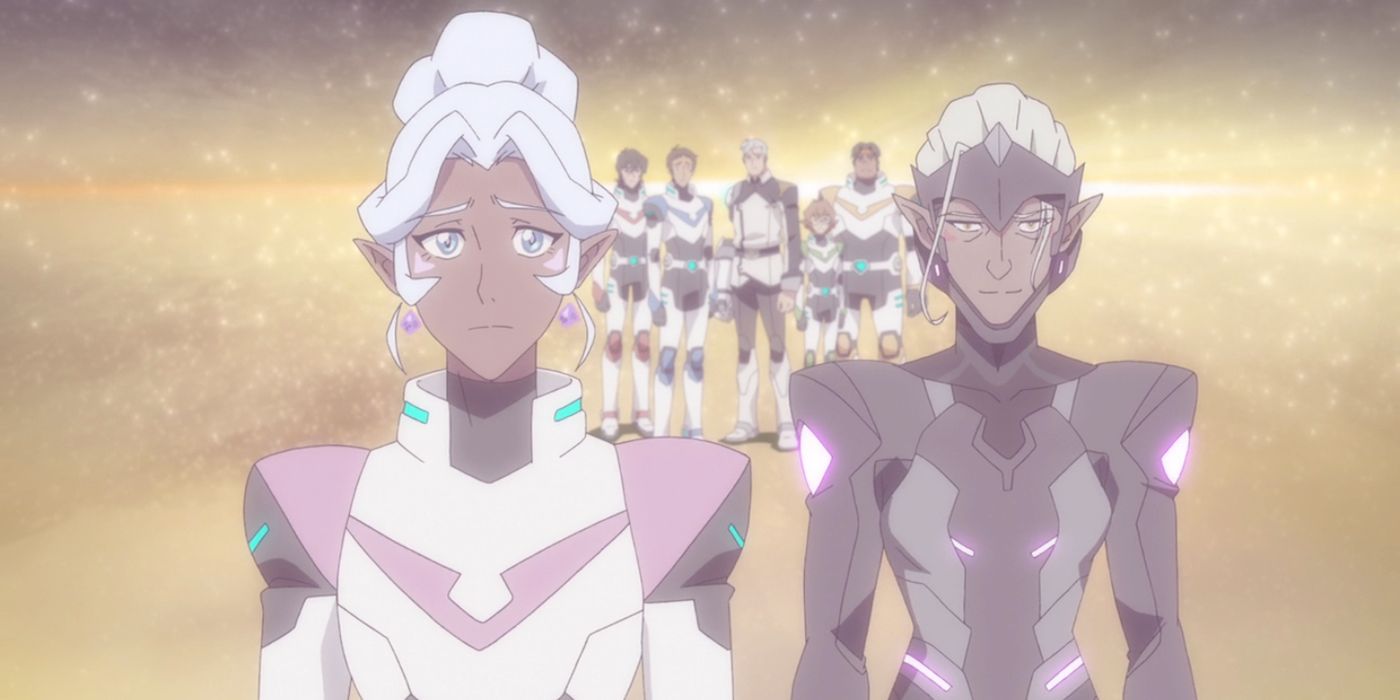
Comic relief was always evenly distributed, which was nice following the most intense moments of the series. Comic relief such as Lance’s goofy demeanor and playful moments between characters were evenly distributed throughout the series to keep the show light-hearted before it began to look bleak. This quickly changes, and viewers are plagued with far more depressing situations than any light humor could fix.
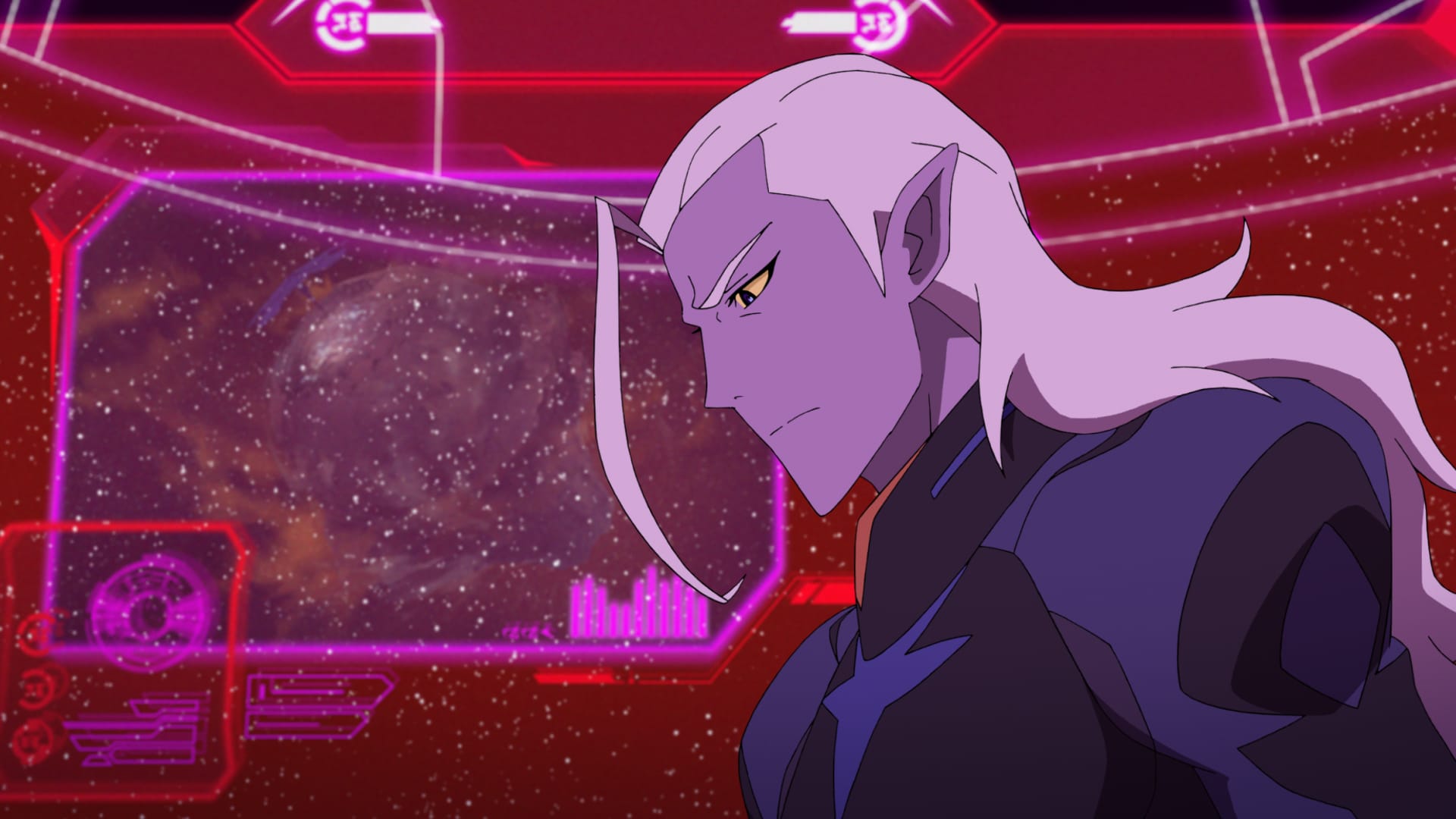
Lotor’s story unfolds, showing the broken home life he had been forced to endure due to his cold and stoic parents. A half-breed of Galra and Altean, Lotor felt that his heritage and parents’ mistakes were his burden to bear and that it was his job to be somewhat of a savior. This twisted mindset led to his demise, leaving him to die alone, with no real form of redemption as some fans were highly anticipating. A charming yet troubled character, Lotor had grown in the hearts of many. His redemption could have meant a lot, but unfortunately, he was just another character used as a plot device to move the story even further.
The Unfair Fate Of The Protagonists
Redemption arcs can be amazing if done the right way. Voltron did not execute a proper redemption arc for Lotor or Honerva, which lead to Lotor and Allura getting the short end of the stick. When Haggar’s real identity was revealed, the series takes an even darker turn. Fans learn that Haggar was an Altean alchemist once called Honerva, who is also the wife of Zarkon and mother of Lotor. Honerva reveals her plans to destroy not just their universe but also every alternate universe, all so she could be with the family that she was responsible for tearing apart.
This selfish act puts an immense amount of pressure on Team Voltron to stop this from happening. And what was the resolve for this? Though Honerva has a change of heart because of Team Voltron and Allura, this isn’t the end. There is no easy fix, so in order to restore parts of existence that were already lost because of Honerva, she and Allura both use all of their remaining magic and sacrifice themselves for the sake of all universes. When Allura was killed off, it shook a large majority of the fandom. Not only did the creators kill off the main female protagonist (a POC at that), but they gave Lance a terribly sad conclusion.
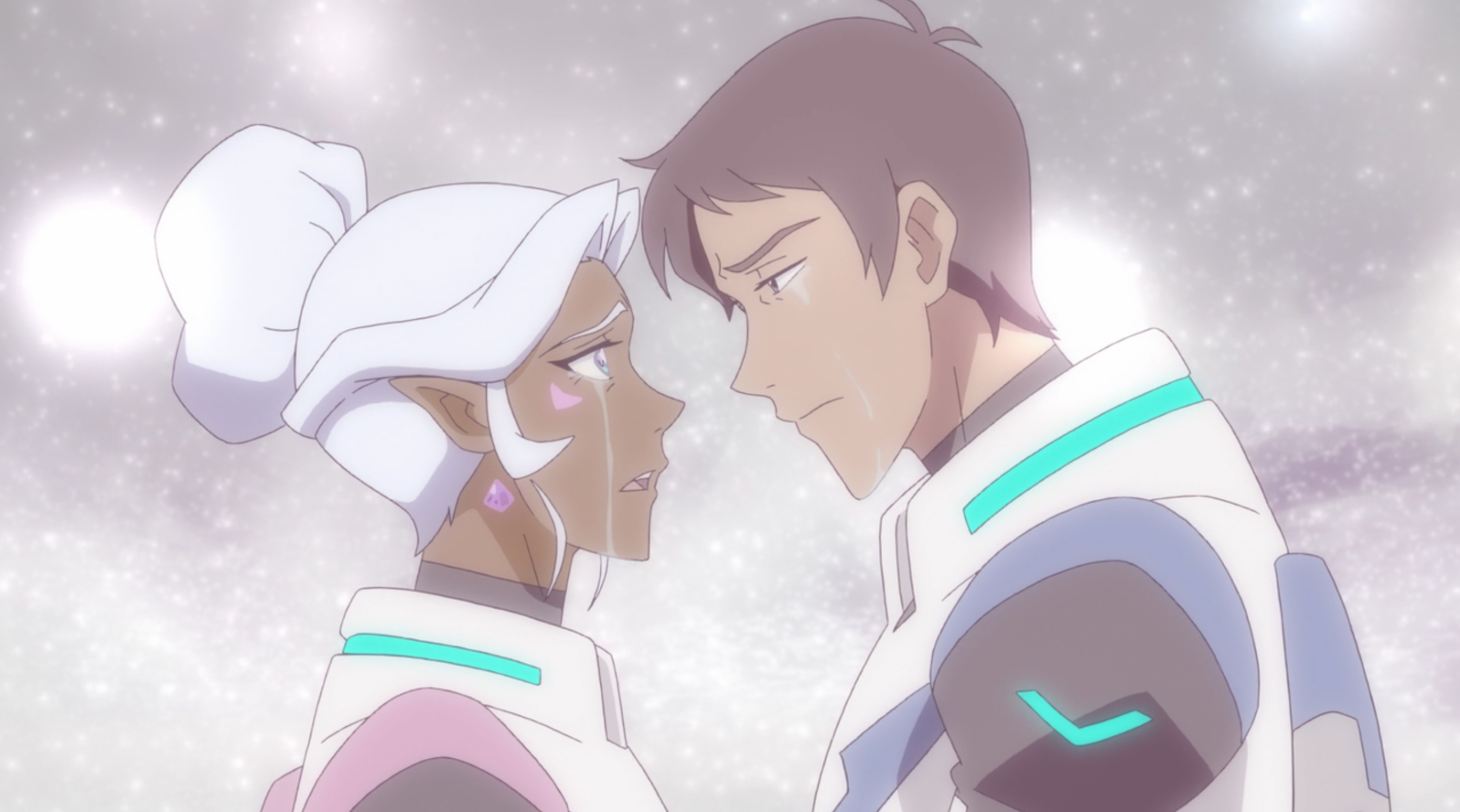
After every painful obstacle that Lance and Allura had gone through to be together, Allura was taken away from him instantly. Allura sacrificing her life to save everything was meant to be impactful, but at what cost? After all of the death and suffering that Voltron had given viewers up until that point, was it really worth killing off such a beloved character? By the end of the series, fandom favorite goofball Lance was reduced to a mere shell of what he used to be, and none of it was his fault. Lance didn’t deserve such treatment, and neither did Allura.
False Representation And Forced Romances
One of the forms of fan backlash the production crew received was the lack of proper LGBTQ+ representation. Throughout the series’ run, the creators have hinted that there would be LGBTQ+ characters, and fans had speculated who they might be. Lauren Montgomery (an animation director and storyboard artist for Voltron) had uploaded a sketch to her Twitter in November 2016, stating that everyone deserves respect regardless of race, gender, or orientation.
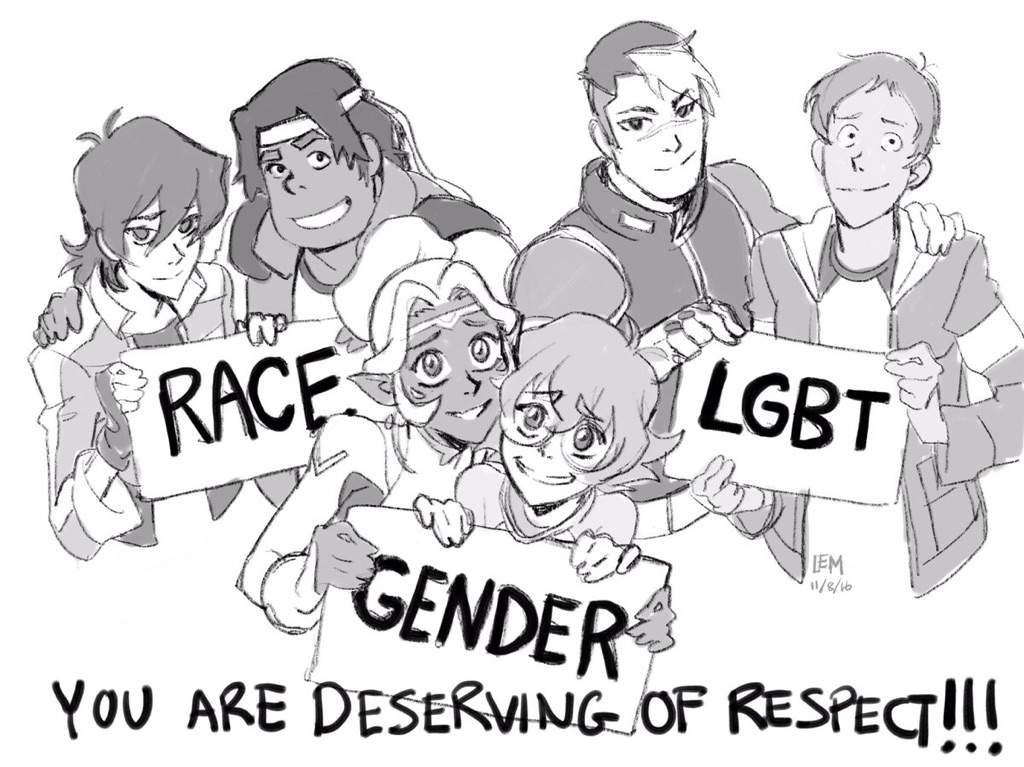
In the sketch, Shiro and Lance are seen holding a sign that says LGBT, making fans speculate that Lance and Shiro are of some other sexual orientation.
Accusations Of Queerbaiting
Not too long after, it was confirmed that Shiro was, in fact, a gay man and had a fiance that was not shown until near the end of the series–mostly in flashbacks. The flashbacks that fans are given already have very little significance to them. There is no indication of what things were like between them before Shiro left for Kerberos, though Adam did seem to care about Shiro very much, but that was all fans were graced with. When Adam finally does make another appearance in the series, he is killed during a battle with the Galra.
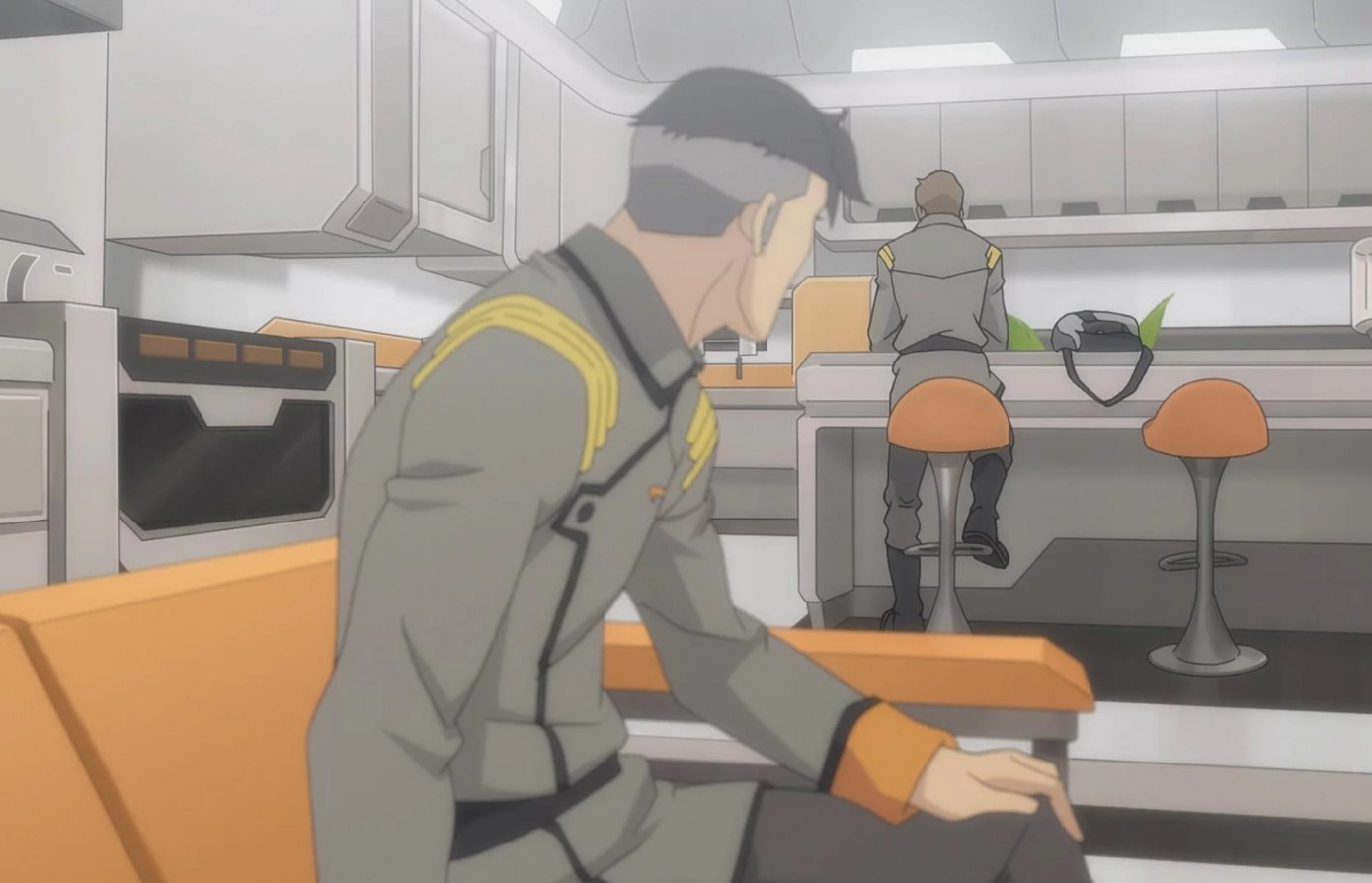
Fans voiced their concerns (and rightfully so), as Adam seemed to be nothing more than a mere plot device to move the story along. Going back to the second season finale, it was decided that Shiro would not be killed off because the creators did not want to kill off the gay character, yet they went ahead and killed off another gay character anyway. Not only that, but death was once again used to move the story along when it didn’t have to.
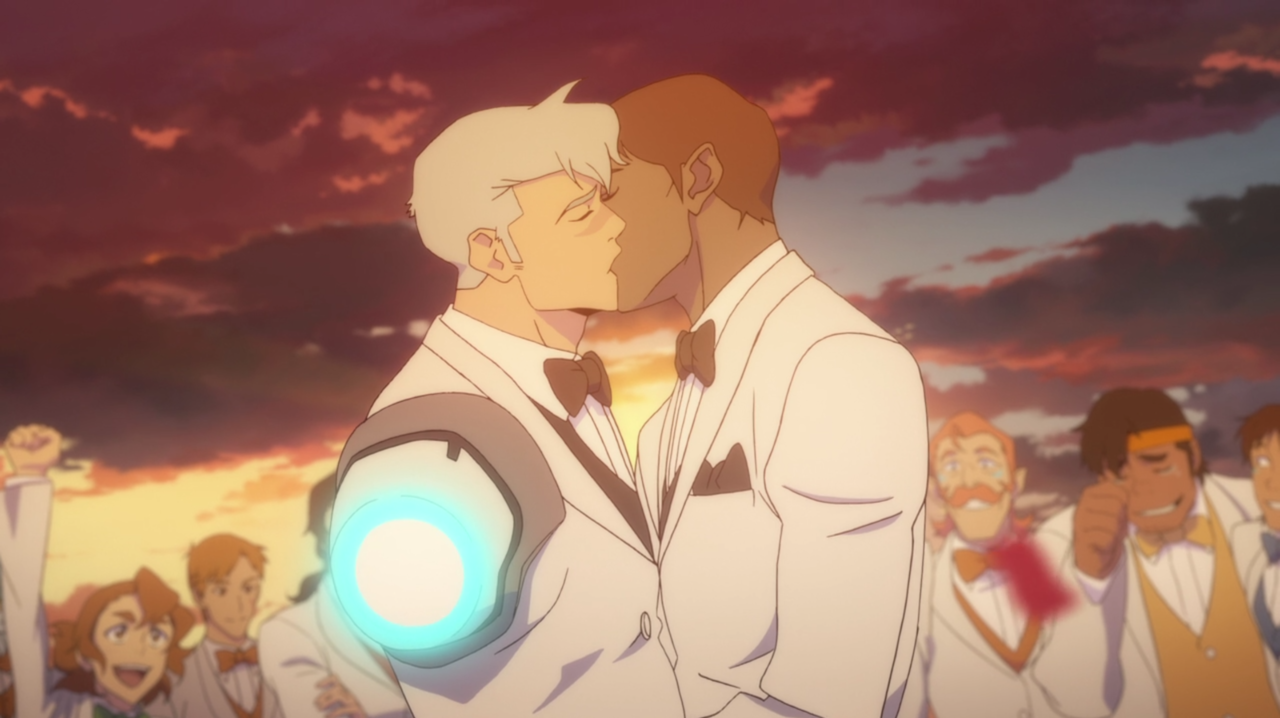
At the end of the series, we see Shiro marry a man named Curtis, who fans barely catch a glimpse of earlier. The scene itself feels forced and almost as if it was a last-ditch effort to make sure the creators kept their word on keeping an LGBTQ+ character in the story. Because of this, fans have gone as far as accusing the production team of using the queerbaiting ploy simply to draw in more viewers, though the production team had tried to state otherwise.
Poor Relationship Development
Amidst all of the chaos surrounding the issues with LGBTQ+ characters, there were other problems regarding the development of romantic relationships in the series. Though the pressure was on to appease all types of fans, the production team also did poorly with the execution. It would have made more sense had Adam and Shiro survived through all of the chaos and were able to make amends and get happily married at the end of it all.
Instead, fans got Shiro marrying a random man that has barely been onscreen, much less had any meaningful interaction with Shiro. This made the relationship look forced and unnatural. Showrunner Joaquim Dos Santos even issued an apology for how things had panned out regarding Shiro, Adam, and Curtis. If an apology had to be made, then perhaps the showrunners truly were in the wrong.
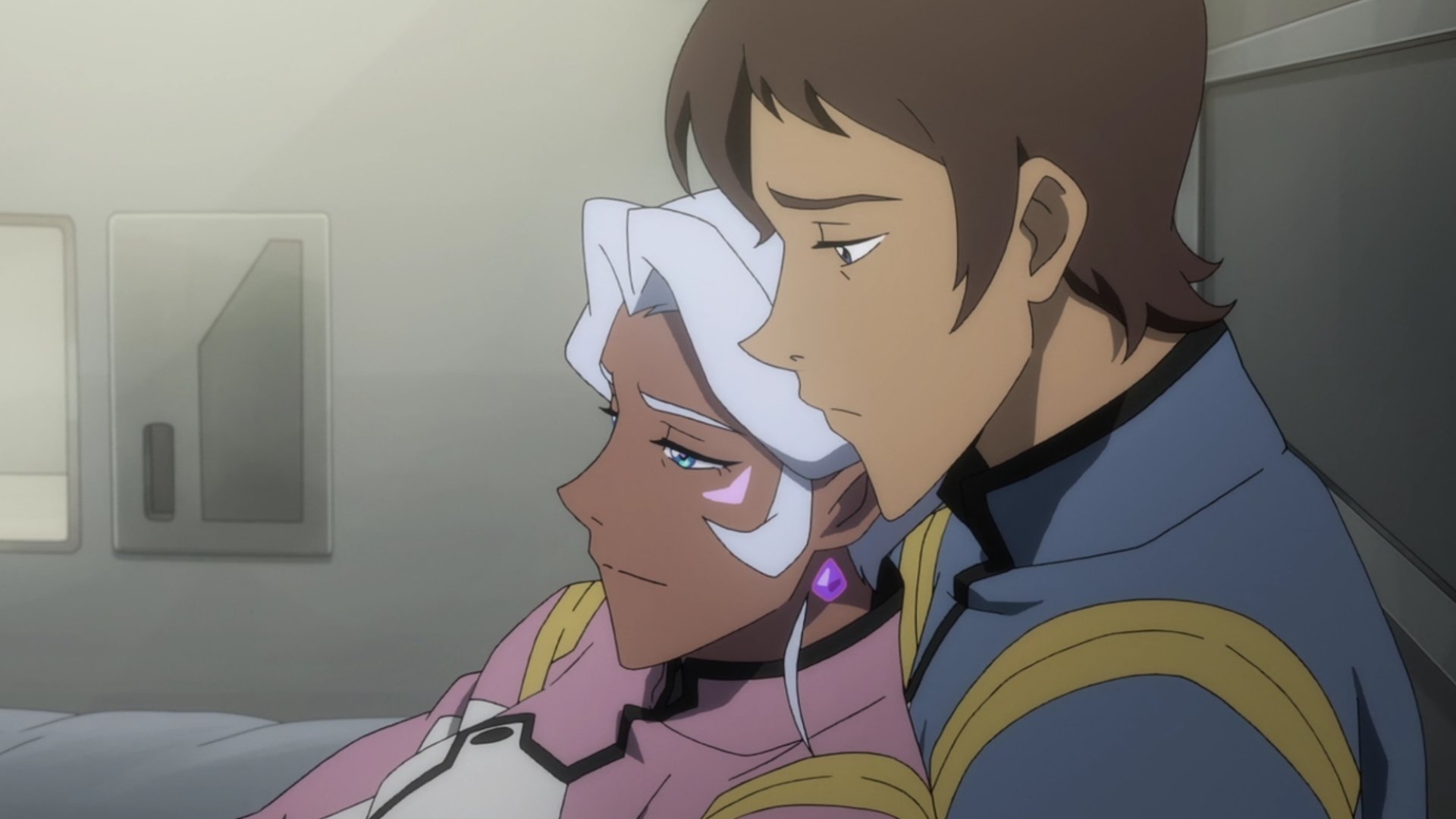
Another popular fan theory that went back to Lauren Montgomery’s sketch was that Lance was also supposed to be an LGBTQ+ character. Many have speculated that Lance would be bisexual, which would have been pretty groundbreaking had the creators gone through with it and executed it the right way. The bisexual Lance theory never came to fruition, and later in the series, Lance and Allura enter a romantic relationship. This pairing could have been amazing had it also been done the right way. Unfortunately, their relationship also seemed random and rushed.
For a while, Lance and Allura acted as teammates and nothing more, with Lance flirting and displaying one-sided pining every so often. It seemed very sudden when Allura returned Lance’s affections and even seemed somewhat out of character for her. After her short fling with Lotor (which also snuck up on fans out of the blue and didn’t last for very long), Allura seemed to move right on to Lance, almost like a rebound. Not only that, but Lance and Allura’s entire relationship seemed awkward with a somber undertone, almost foreshadowing the tragic fate that would ultimately end their relationship. Had they interacted more from the beginning and slowly developed mutual feelings, perhaps the pairing wouldn’t have felt like it came out of the blue.
Voltron Failed To Live Up To Expectations
While Voltron started on a good track, it went downhill quickly and seemed to gain more negative reactions from its fanbase than positive. With the first two seasons and a sprinkle of nice moments throughout the following six aside, Voltron was far from the perfect series. There were both good and bad aspects of the show; however, the bad parts heavily overshadowed the good. The showrunners could have possibly saved the show had they used their chances wisely, but unfortunately, they did not.
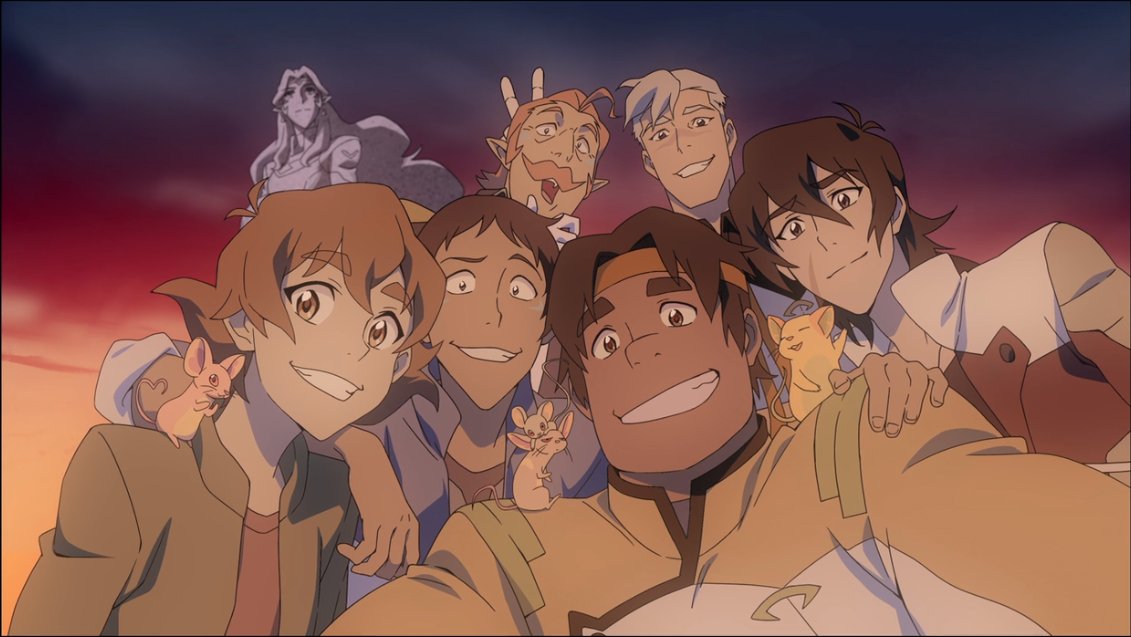
Voltron is not a bad show because it took a dark turn; however, the beginning of the series has such a light-hearted and hopeful vibe that fans can’t be blamed for feeling like they got the raw end of the deal. Despite the heroics of our protagonists throughout the series, it still would have been much more impactful on the fanbase had the series ended on a happier and more positive note.
Even with Voltron’s poor pacing and confusing concepts aside, the show could have been saved by simply listening to what fans had to say. A happier ending could have made the series much more meaningful and possibly turned Voltron around completely. Nobody wants to see their favorite character killed or lose themselves to mental scarring.
The truth that most content creators can’t seem to grasp these days is that stories do not always have to end on a sad or bittersweet note. It almost seems as if the happy ending trope has been forgotten about. Happy endings aren’t always realistic, but this is fiction. The real world seems bad enough as it is, so why not enjoy whatever happiness can be found in fiction?
